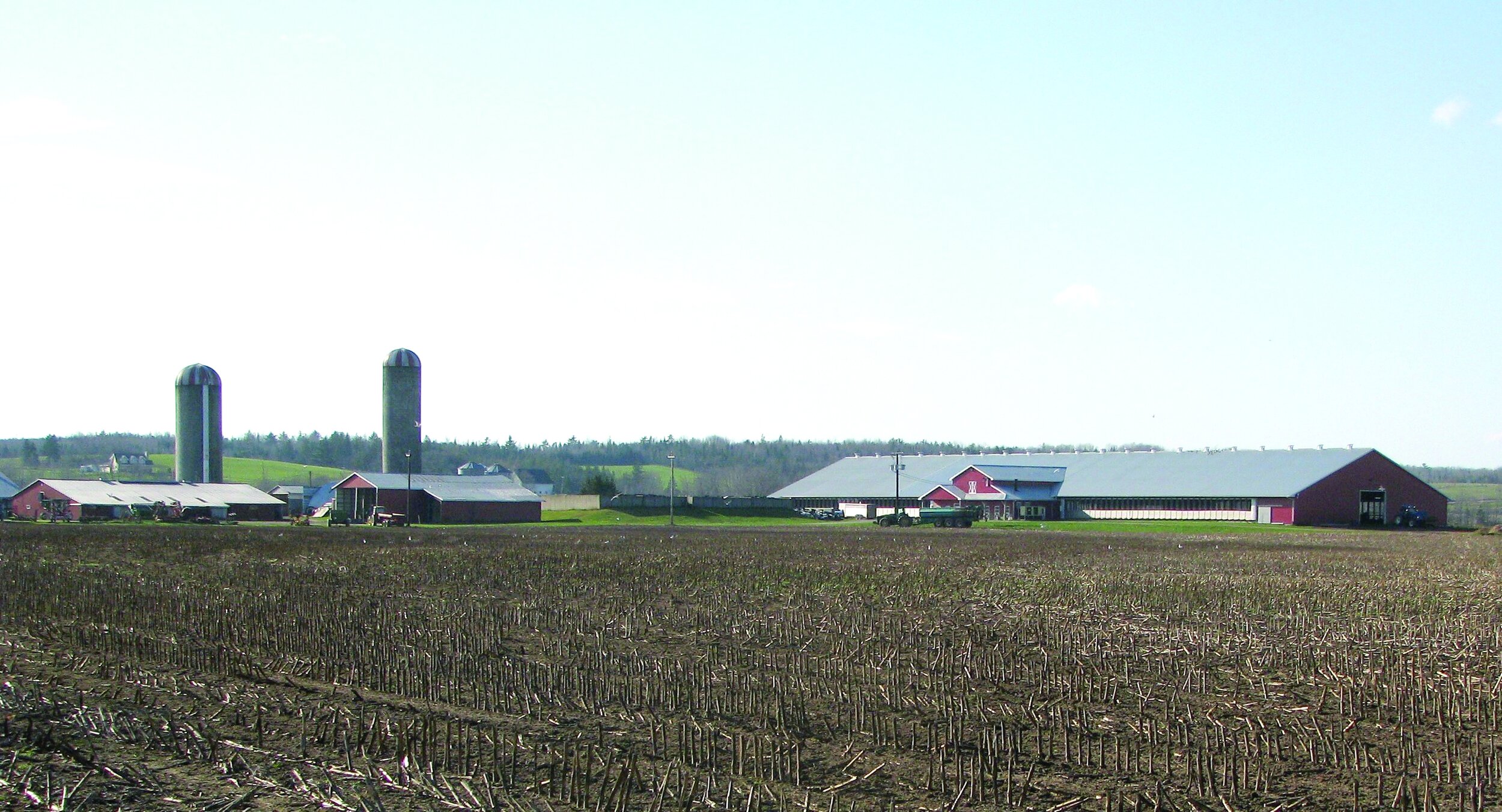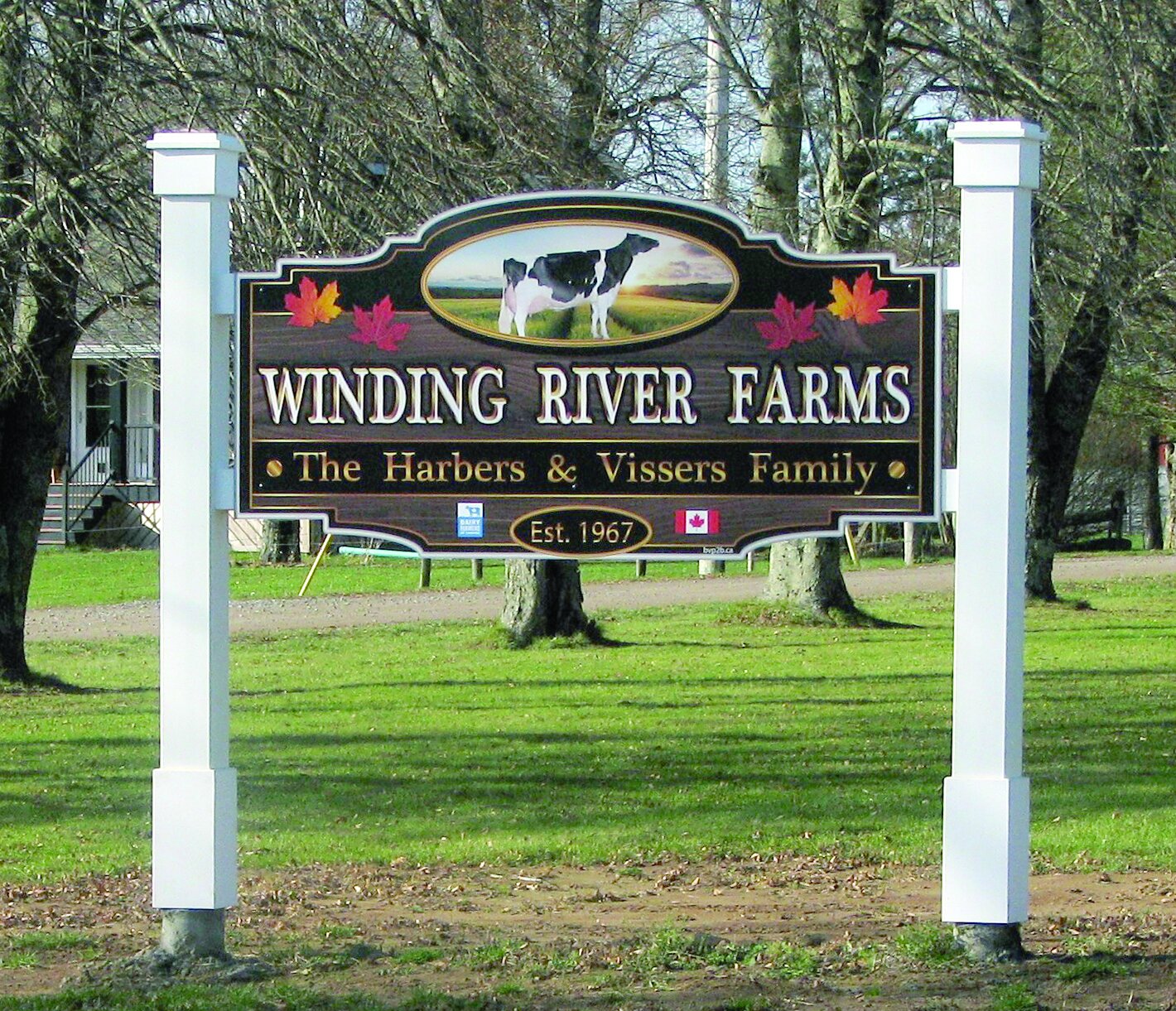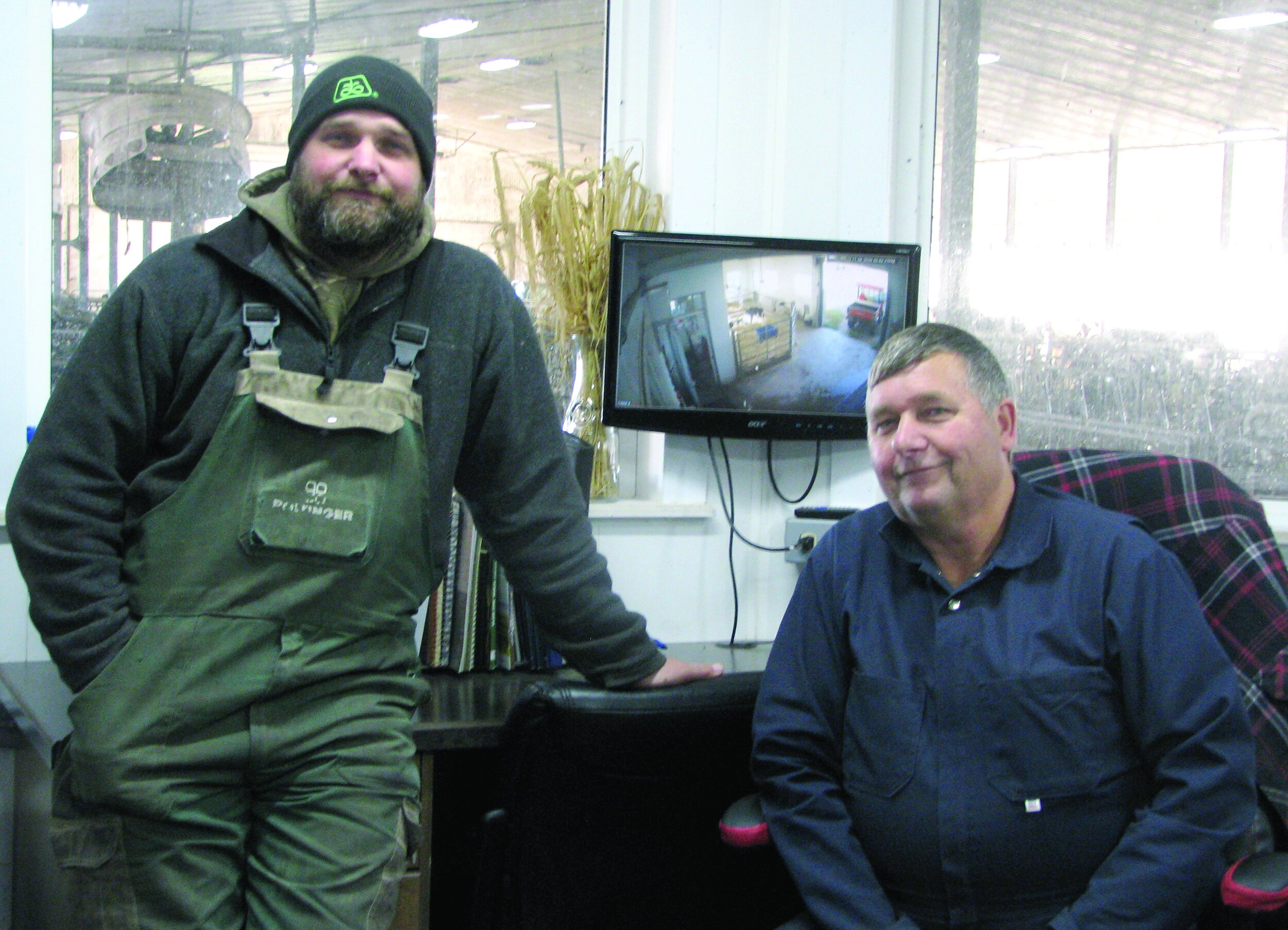Smith tree farmers help make happy Christmas memories
/by Kathy Birt
Smith’s Christmas Trees, on the Toronto Road in Mayfield, P.E.I., is a family farm that’s been progressively growing since 1968, when now-retired David Smith planted his first 1,000 trees.
“You have to be patient,” said David, explaining that it can take 10-12 years to grow a good-sized Christmas tree. Sitting in his Hope River home, he and his son Kevin told the story of this 52-year-old family business that Kevin and his brother Allison took over in 2019.
Every year since 1968, David continued to plant at least 1,000 Balsam fir. Some years he planted more – as many as 4,000.
“Kevin was always around the farm working,” said David, explaining that the trees must be fertilized and sheared in the summer to achieve shape and fullness.
“We do a lot of trimming and it is all done by hand with a machete-type shearing knife,” said Kevin. “This is the most important part of the tree growth.”
David’s wife Shirley always took care of the book work and has also done her share of shearing, not to mention keeping the crew fed and hydrated.
“She brought coffee or pop for our breaks, and our meals were always ready on time at home,” said Kevin with his mother close by nodding in agreement.
Allison, who operates a summer tourist business, makes sure he is around to work with Kevin on the Christmas tree farm during the busy holiday season.
Kevin Smith, co-owner of Smith’s Christmas Trees in Mayfield, P.E.I., stands next to one of thousands of Balsam fir trees growing on the farm, which his father David established in 1968. (Kathy Birt photo)
In 2019, the Smiths cut their first trees on Nov. 26, but cutting began earlier in November this year due to high demand.
Because of the pandemic, more people are staying home on the Island this winter and are eager to celebrate the holiday season after months of doom and gloom.
“People are going to go all out for Christmas,” said Kevin. “No one is going south due to COVID-19, so we are looking at a banner year with these extra snowbirds staying in P.E.I.”
They had customers coming to the farm before November with plans to tag a tree and return later to cut it down. “There is a trend back to the U-cut,” said Kevin.
And it’s not just local demand that’s increased this year.
“We’ve had requests as early as Nov. 1 from south of the border,” said David, noting that they’d already shipped Balsam fir to Virginia by mid-November.
He added that fires in Oregon affected Christmas tree operations in that state. “A buyer from down there sent a rep to the farm to tell us they will take all the trees they can get and with an increased price,” said David.
In the meantime, Kevin was busy preparing for the influx of on-farm customers and gearing up the tree lot in Charlottetown.
“We keep a couple of hundred trees cut at all times,” said David.
The tree lot in Charlottetown is set up in the Canadian Tire parking lot each year. It’s manned by the Smith family’s hired man Donald Doiron.
“He has been with us 40-45 years,” said David, adding that Doiron mans the tree lot from dawn until dusk. “It doesn’t happen very often to have an employee for that long. It worked out perfect for us. He is a terrific worker.”
Kevin said there are more than 50,000 trees growing on the farm today. He added that most customers prefer a tree that’s seven to eight feet in height, and that the average tree costs $40.
“These have been the most popular, with a few over eight feet,” he said. “If we do community trees, they could be up to 14-15 feet.”
However, tree size trends change with housing trends. “We have a lot of apartment buildings and condos going up on the Island, so there is a trend to a smaller tree that we are noticing in the past year,” said Kevin.
He noted that fundraisers are a big part of their holiday season business. The fundraisers involve partnering with schools, community groups, and sports teams.
“They sell certificates for trees and the buyer then exchanges that certificate for a tree on our farm,” said Kevin, adding that schools use their profits to fund initiatives such as school bands and lunch programs.
Christmas wreaths, which are in high demand, have also always been sold at the farm. Kevin and his wife Stephanie took over making the wreaths about seven years ago. “We also sell branches to other businesses for making wreaths,” said Kevin.
Most years, the Smiths have the sales area in their barn decorated and ready for picture-taking and offering treats and hot chocolate to the kids.
“Parents enjoy the hot chocolate, too,” said Kevin, adding, “This year we had to wait for approval (for decorating) due to COVID-19.”
Kevin said some families bring a photographer and get a family photo taken when they get their tree. “We’ve even had a marriage proposal by a Christmas tree,” he added with a grin.
All good news to Kevin and his brother Allison, who spent many happy childhood years around the family Christmas tree farm and are looking forward to a busy and profitable future.













